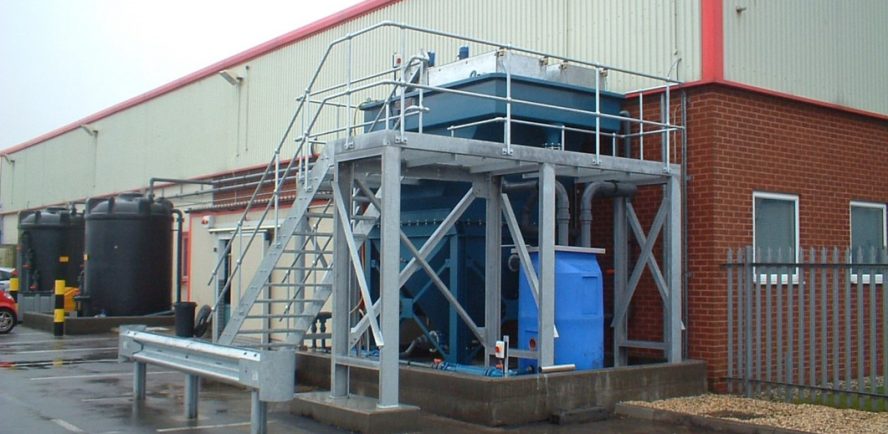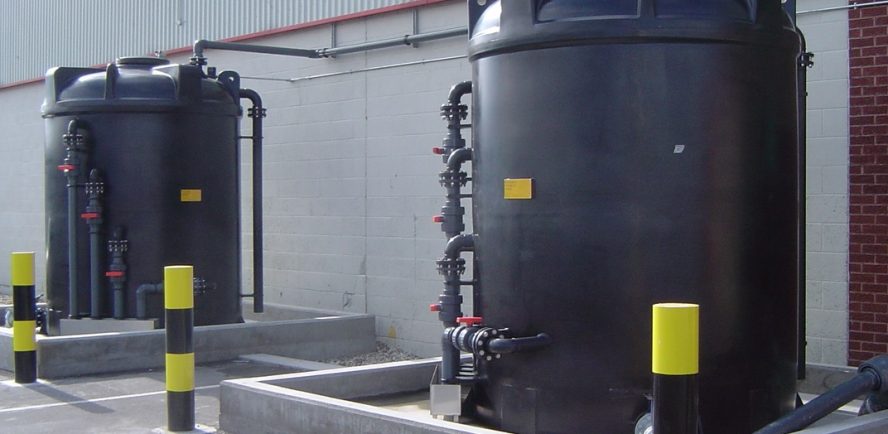Seafood Production
UK“Alpheus were invited to look at ways of improving the quality of effluent discharged to the sewer. We proposed a comprehensive review of the challenges faced, looking at historical data, implementing an intensive sampling regime to establish current effluent quality, and carrying out on-site trials with a variety of technologies to identify the most appropriate solution.”
The Background
The production plant manufactures and processes both coated fish and fresh fish products. The effluent produced by the manufacturing and processing site is discharged to the public sewer via four effluent mains.
Alpheus were invited to look at ways of improving the quality of effluent discharged to the sewer. We proposed a comprehensive review of the challenges faced, looking at historical data, implementing an intensive sampling regime to establish current effluent quality, and carrying out on-site trials with a variety of technologies to identify the most appropriate solution.
The consultancy work undertaken by Alpheus assessed Dissolved Air Flotation (DAF) technology, the traditional route for effluent treatment of this type against simpler and more cost-effective lamella technology. We determined that lamella technology would meet the treatment needs and offer a cost-effective treatment method without the operational costs associated with DAF technology.
The Service
Initially we were awarded a consultancy/feasibility contract to develop the initial proposal into a fully costed and robust solution. The detailed solution was accepted, and Alpheus secured a turnkey contract to design, build and commission a new wastewater treatment plant.
The existing effluent treatment on site comprised of a series of screens and interceptor pits prior to discharge to the public sewer. Our solution retained and reconfigured the existing system and added oil skimmers to remove and recover fats, oils and grease, and lamella plate separators to remove solids and associated Chemical Oxygen Demand (COD).
The Implementation
The construction phase involved combining three of the four effluent streams to a common point. We installed two effluent plants, one serving three of the existing effluent streams and the other serving the remaining effluent stream. Each plant comprised a lamella and oil skimmer unit.
The civil foundations for the plant required piling due to the underlying ground conditions and an effluent main crossing was created to traverse a roadway. All of this work was undertaken whilst the factory remained in operation 24/7.
The Outcomes
This successful project was completed on time and within budget and led to a number of successful outcomes. The fats, oils and grease recovered by the oil skimmer units generated a previously untapped revenue stream while overall effluent treatment costs were reduced. Furthermore, risk of non-compliance with trade effluent consent was reduced.

